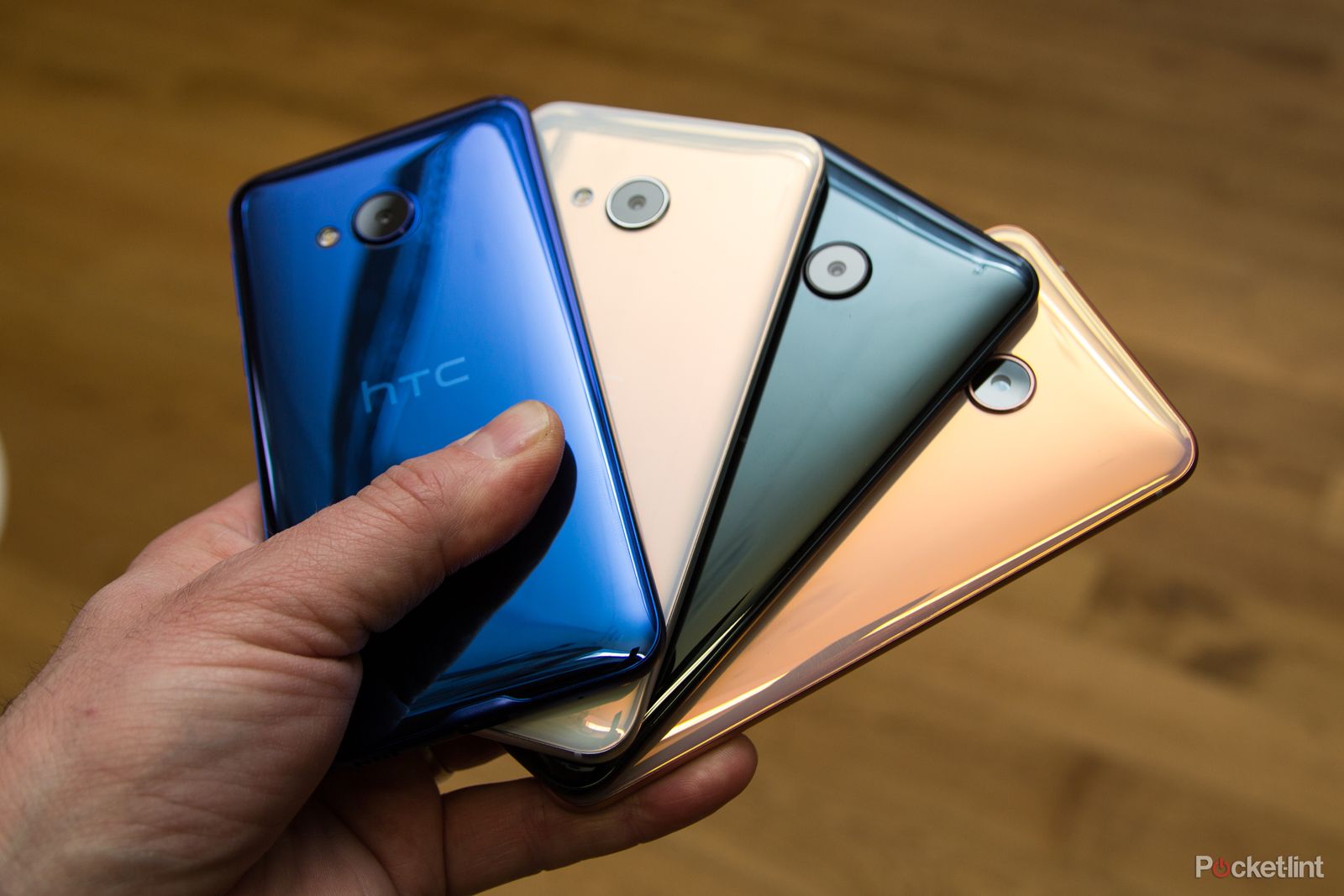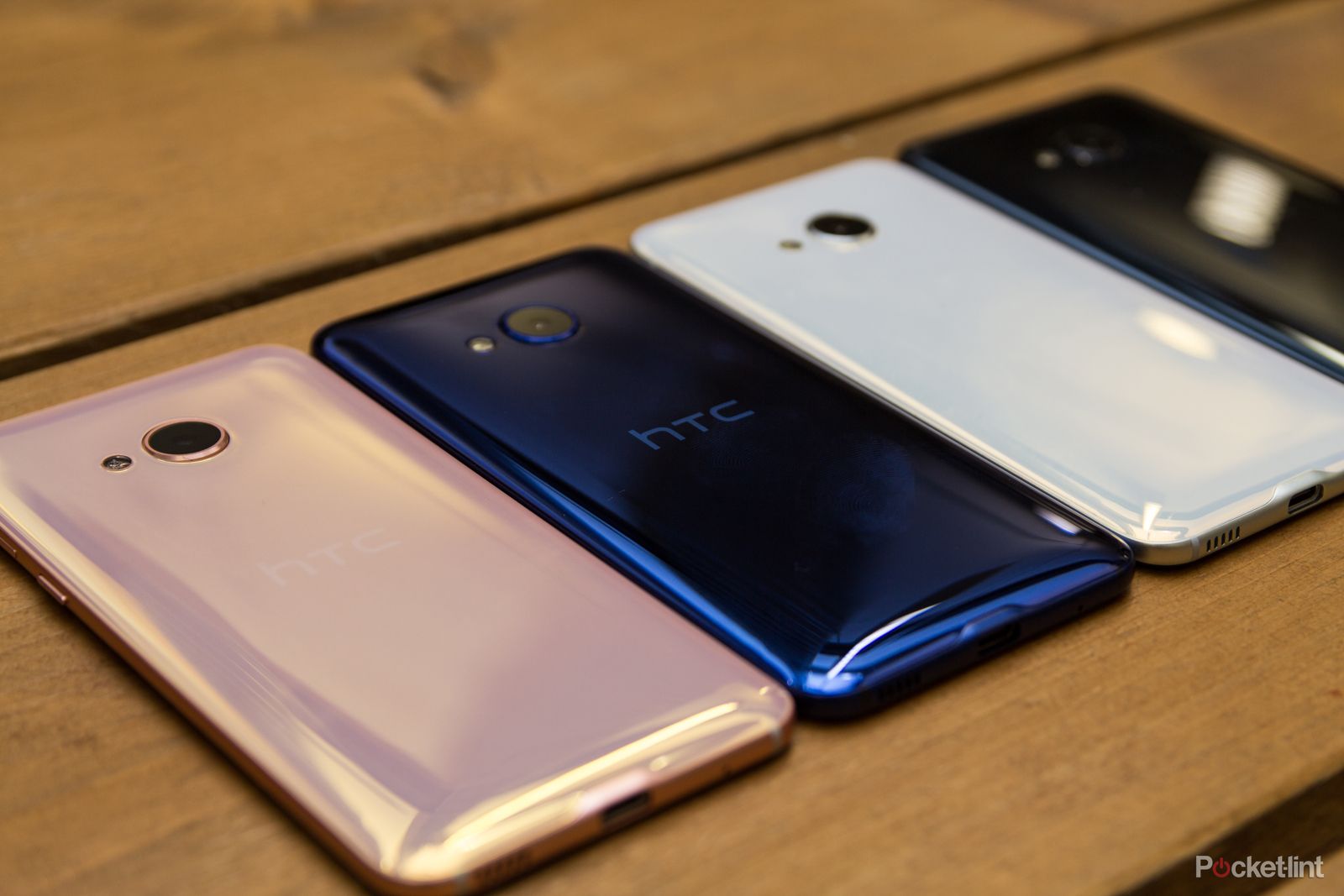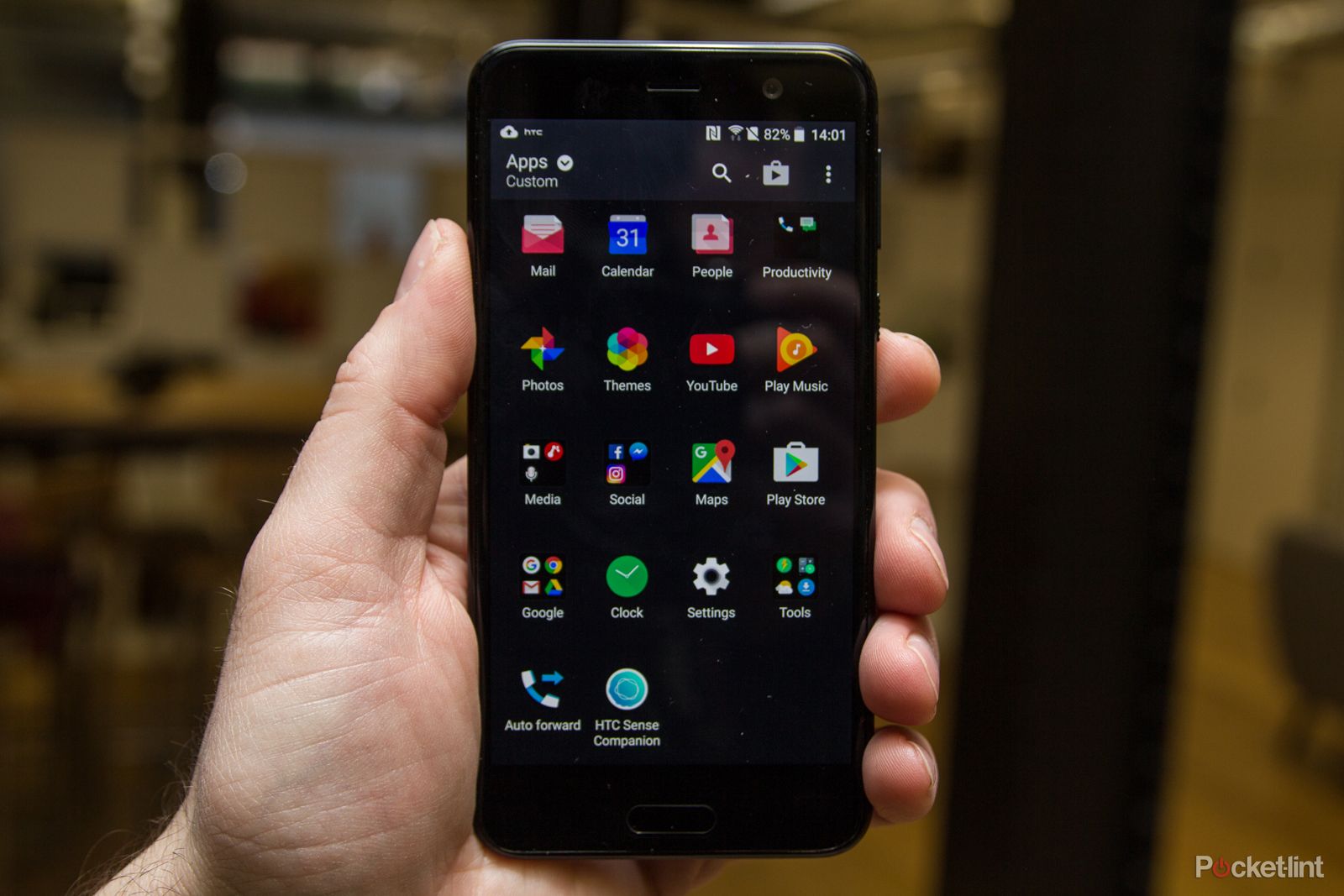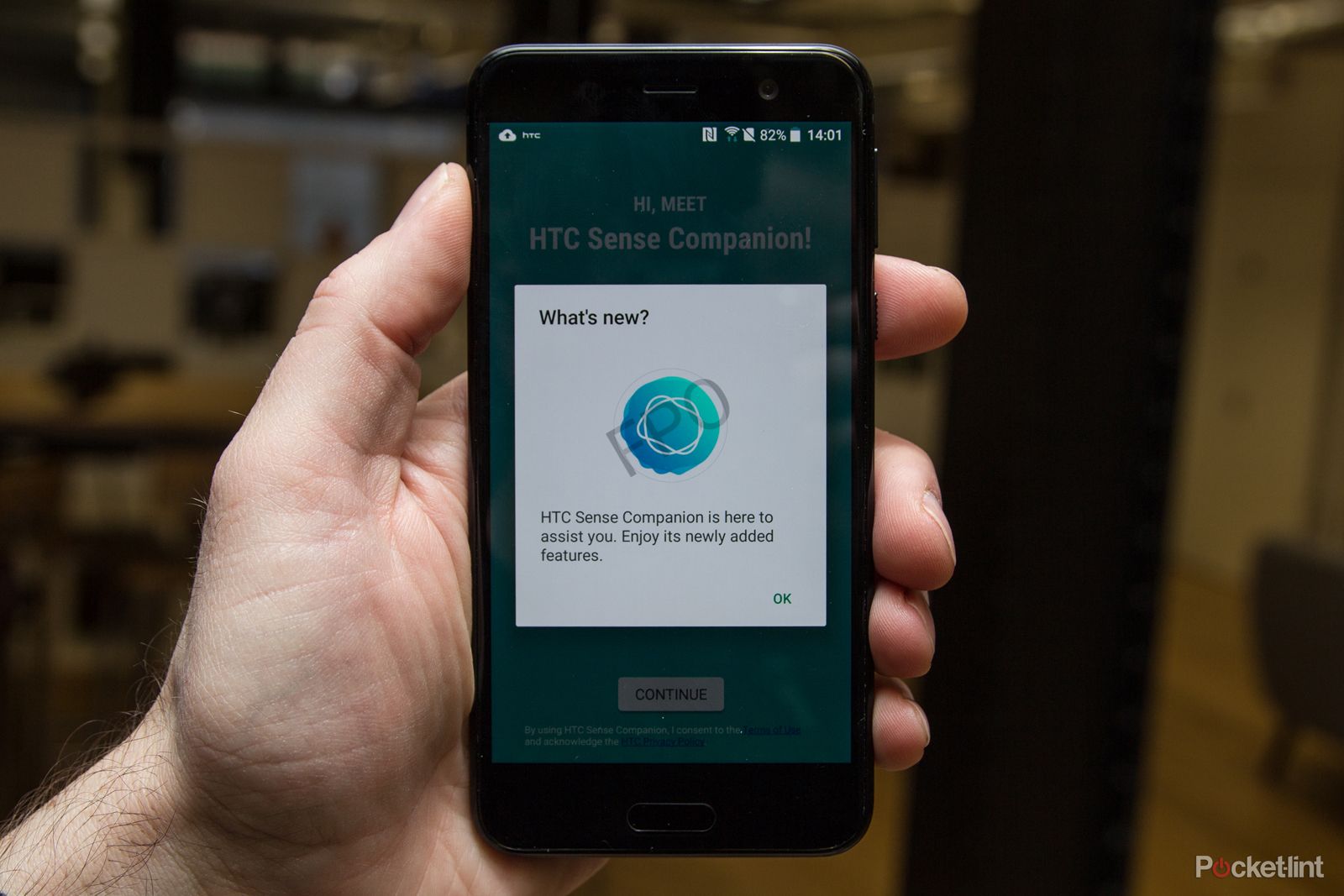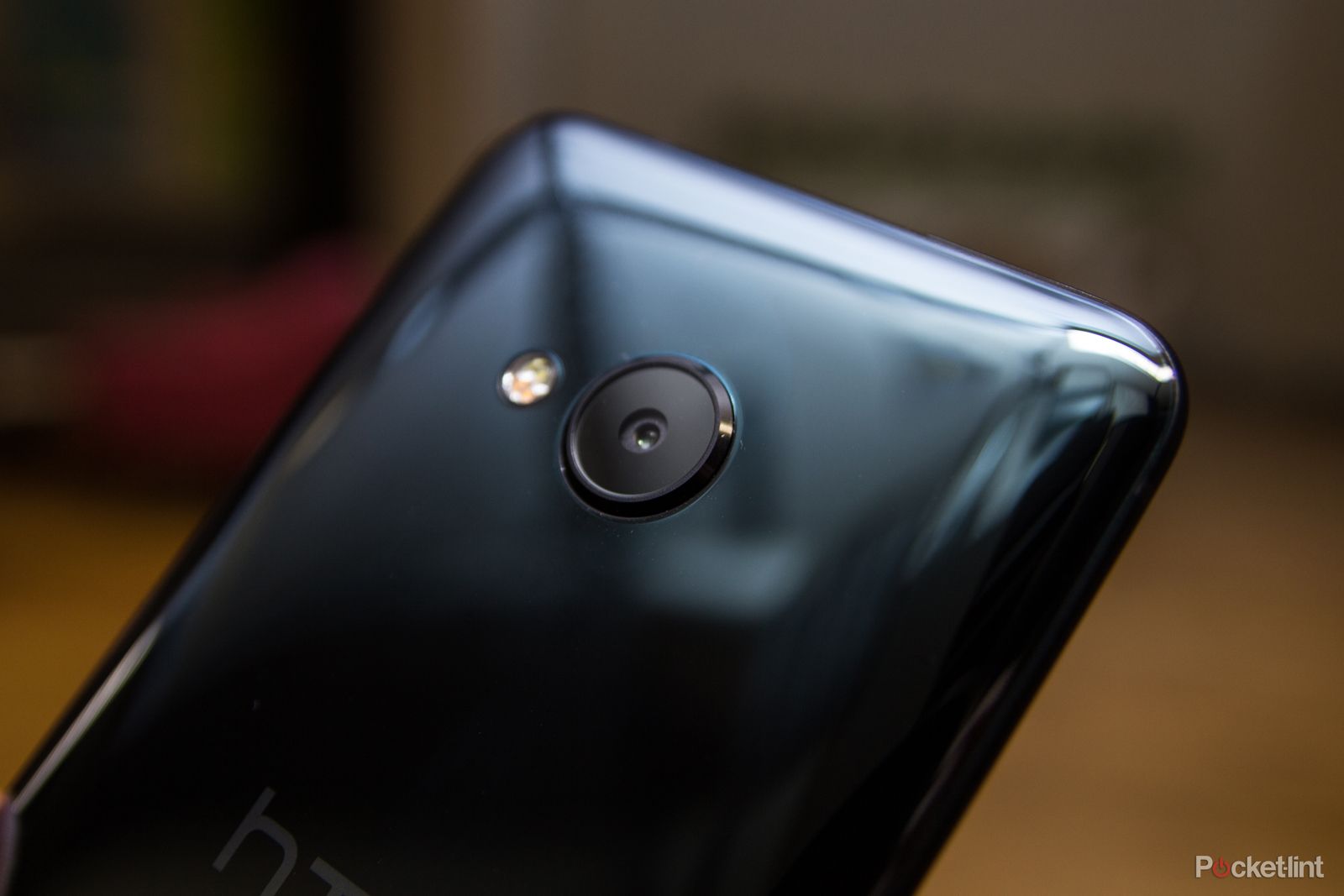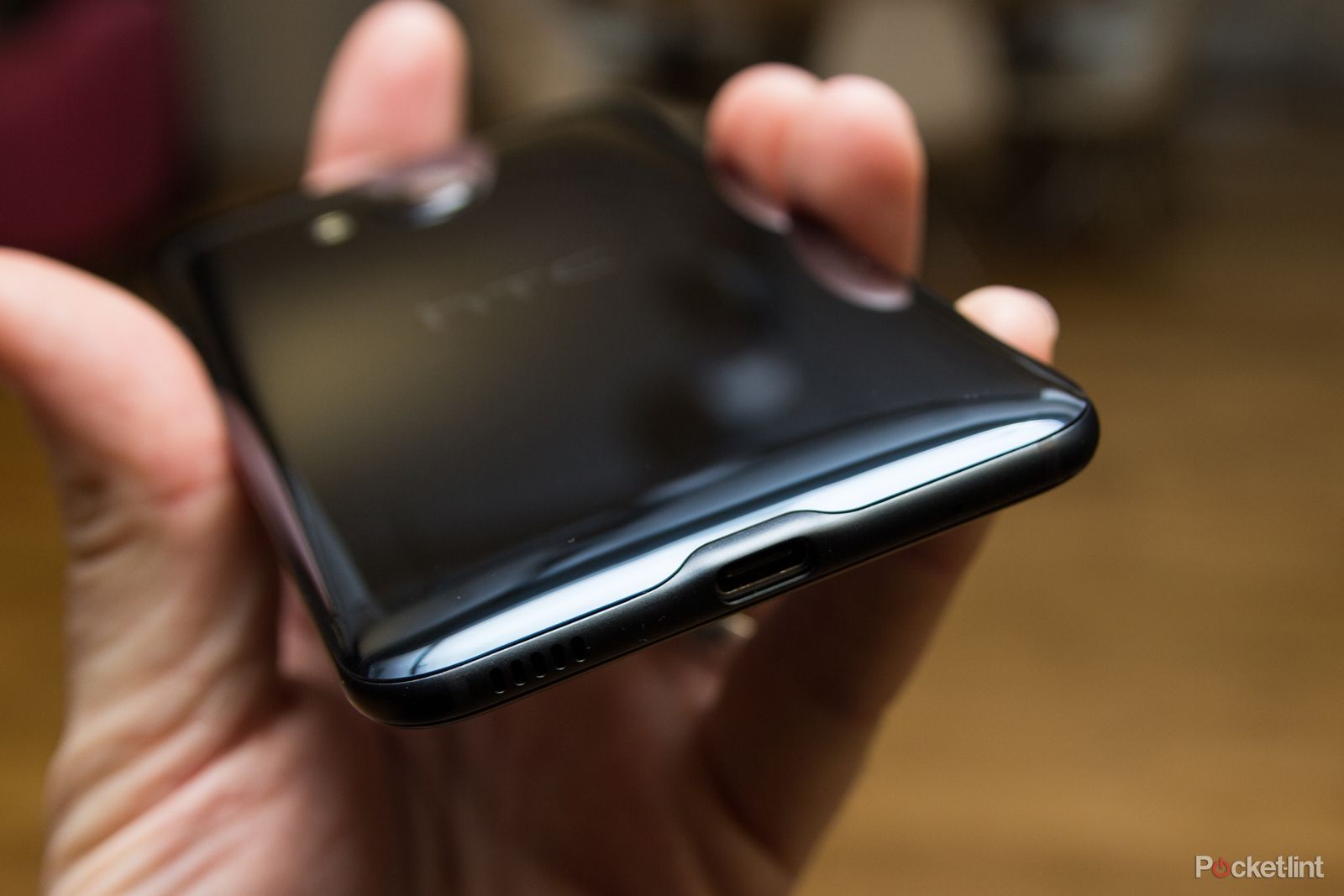HTC has made an early move on its 2017 updates, launching a new set of devices under the U name. The U Play is the smaller of the pair, sitting in the shadow of the larger U Ultra, but offering a similar design and build.
Our quick take
The HTC U Play is an attractive and (relatively) small handset by modern standards. The design is the star of the show, giving you something that's unique and unlike so many other phones out there.
The question is whether this will be offered in a package with that slightly lower tier specification at a price that will be tempting. While some will probably stretch to buy the U Ultra, the U Play is likely to fall into that category of facing a lot of competition.
The U Play is due to hit shelves around mid-February and pricing is still to be announced.
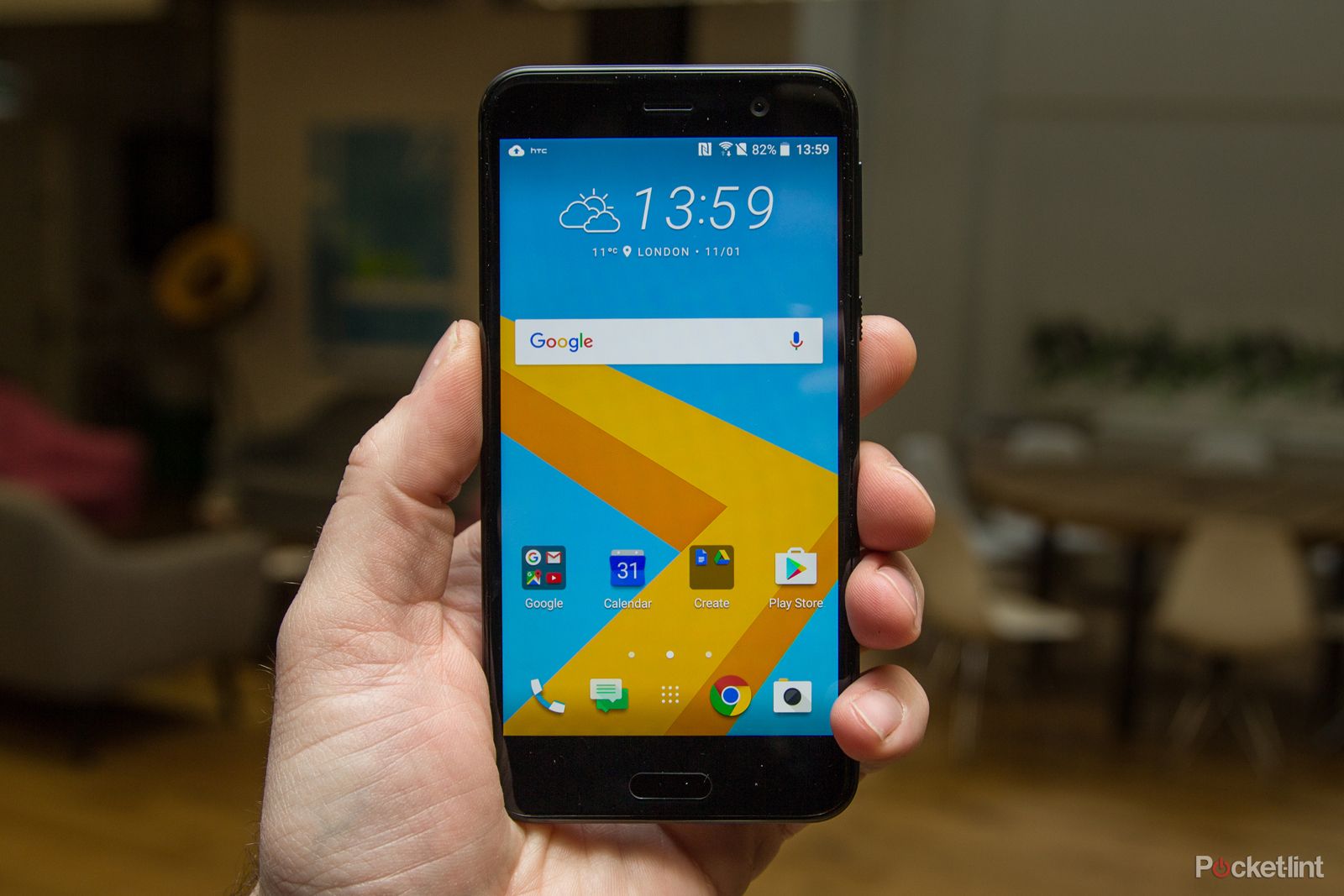
HTC U Play p
| FOR | AGAINST |
|---|---|
|
|
|
The U aspect is easily explained away: these are phones designed to be more personal, to get to know you and to better serve your needs. That might just be marketing spiel, but the HTC U Play succeeds in being an attractive mid-range handset.
HTC U Play preview: Design and build
- Glass body with liquid surface design
- 145.99 x 72.9 x 7.99mm, 145g
One of the things that HTC is best known for is creativity in design of its phones. There have been examples of great attention to detail, the use of some materials and finishes to create unique phones. In many ways, the U Play is an example of HTC doing that once again.
The U Play is a glass sandwich with a metal core, but uses a design that HTC is referring to as liquid surface. This uses the properties of glass to create depth to the glossy finish, giving unique colours and reflections that change the way this phone looks as the light hits it.
That's not something you get from metals or plastics, even with the wide range of techniques being used today. The result looks like the precision paintwork of something like a McLaren sports car, with depth to the bodywork. It's a softer design than some of HTC's metal finishes of the past few years and it moves away from the mass of metal phones coming from Apple, OnePlus, Huawei and others.
There's a downside, of course, and that's fingerprints. They smear all over this glossy phone, but they wipe away easily; equally, for all the precision - it's very well put together - some will probably just think it's glossy plastic.
The U Play is available in four colours - black, white, blue and pink - although as we said, each changes as it catches the light. The black sometimes looks green, the white has a pearlescent iridescence, it's all very unique.
We think the larger U Ultra looks better though. There's just something about the increased size that brings out the effect more dramatically, but these are two very different phones, with very different specs.
The HTC U Play nestles comfortably in the hand, measuring 145.99 x 72.9 x 7.99mm and weighing 145g. The layout is conventional HTC, and little different to recent One devices. There's a fingerprint scanner to the front, also acting as the home button and there's no 3.5mm headphone socket, which we'll talk about later.
HTC U Play preview: Display and hardware
- 5.2-inch, 1920 x 1080 pixels, 423ppi
- MediaTek Helio P10, 3GB RAM, 32GB storage + microSD
Keeping to a more compact form, the U Play has a 5.2-inch display. This has a Full HD resolution, which is the first indicator you'll get that this is a mid-range phone. The 1920 x 1080 pixel resolution, 423ppi, display looks nice enough, and is a reasonable resolution. Even at this size, you'll get sharp visuals, although it's not as precise in fine details as some flagship devices at this size.
HTC hasn't said as much about this panel as it has on the U Ultra (which is 2560 x 1440 pixels). Although it's named as a Super LCD, we suspect this is an older generation of panel, as it doesn't look as vibrant and punchy as the Super LCD 5 panel on the U Ultra. Again, that's probably a move to put this device in the mid-range, and unlikely to bother you too much.
Still, we haven't had the chance to spend a lot of time with this phone, so there's a lot of conditions we've not tested the display in.
Moving on to the other hardware specs, the U Play continues that mid-range story, opting for a MediaTek Helio P10 chipset and 3GB RAM, with 32GB storage. There's support for microSD cards, but again this is a step down from the U Ultra sibling it launches alongside.
Exactly how this handset will perform in the real world we don't yet know. We suspect that given the size and positioning, this will happily skip through daily tasks smoothly enough with little bother, but it's not quite the star that the bigger model is.
We mentioned that there's no 3.5mm headphone socket, instead you'll be using the USB Type-C on the bottom of the phone. This also charges the 2500mAh battery. That's a fairly low capacity for a phone of this size, probably a move made to hit that skinny waistline.
HTC U Play: Software designed to know you
- Android Nougat with HTC Sense
- Google Assistant included
- HTC Sense Companion app
HTC Sense has always been about you. When Android was an awkward mess, HTC Sense made it approachable, personal, and all about you and your life. Android in its native state might now be very refined, and HTC Sense scaling back to let Nougat shine through, but HTC still wants to make this phone all about knowing you.
Not only will the U Play offer Google Assistant, allowing you to talk to your phone as you can with the Google Pixel, but it will also offer the HTC Sense Companion app. This is designed to bring your device closer to you, learning about how you use your phone and helping with things like battery and storage management, right through to restaurant suggestions or finding your favourite contacts first.
For example, if you use your phone on the way to work and on the way home routinely, it learns this. If you happen to indulge your Pokemon Go habit in the middle of the day, meaning you might not have enough battery to get home, the HTC Sense Companion will identify this and suggest action - like engage power saving now, rather than when you're down to the last 20 per cent.
This should extend through to things like alarms and weather, ultimately aiming to make the phone more useful all the time. Rather than just alerting you, it wants to be smartly alerting you.
Of course, this is something impossible to experience without living with the phone, so we have no idea how HTC's personal play will really work, something we'll assess closer to launch.
HTC U Play preview: Cameras
- 16-megapixel rear camera with OIS
- 16-megapixel front camera with UltraPixel mode
HTC liked the HTC 10 camera so much that it stuffed that in the U Ultra and even though the U Play has a higher megapixel count, it's not expected to be such a strong performer. Still, it's a 16-megapixel sensor with optical image stabilisation and nice features like auto HDR, but it limits itself to 1080p video capture - no 4K playtime here.
The front camera is also 16-megapixels which is a huge resolution, and seems to be HTC's new thing. That should give you plenty of detail, but the interesting thing is that it offers an UltraPixel mode. This combines pixels in clusters, aiming to give you better low light results by lowering the resolution.
This should cut out the noise, but until we've tested it, we can't say how effective any of it will be.
HTC U Play preview: Audio
- No 3.5mm headphone socket
- Good quality USonic headphones included
HTC has made a lot of noise about audio recently, with BoomSound getting plenty of accolades. The U Play misses out on BoomSound, however, and there's no mention of the Hi-Res skills we've seen appearing on a number of other handsets.
That might seem a little odd, when it carries the name Play - you'd think that something like stonking audio support would be high on the list for inclusion.
They do come with HTC's smart USB Type-C headphones however. Not only are these headphones better sounding than many you'll get bundled with your handset, but they will also tune themselves to your ears. This creates a unique sound profile for you and can be adapted when you're in a different place with a quick tap - for example when getting on a plane.

